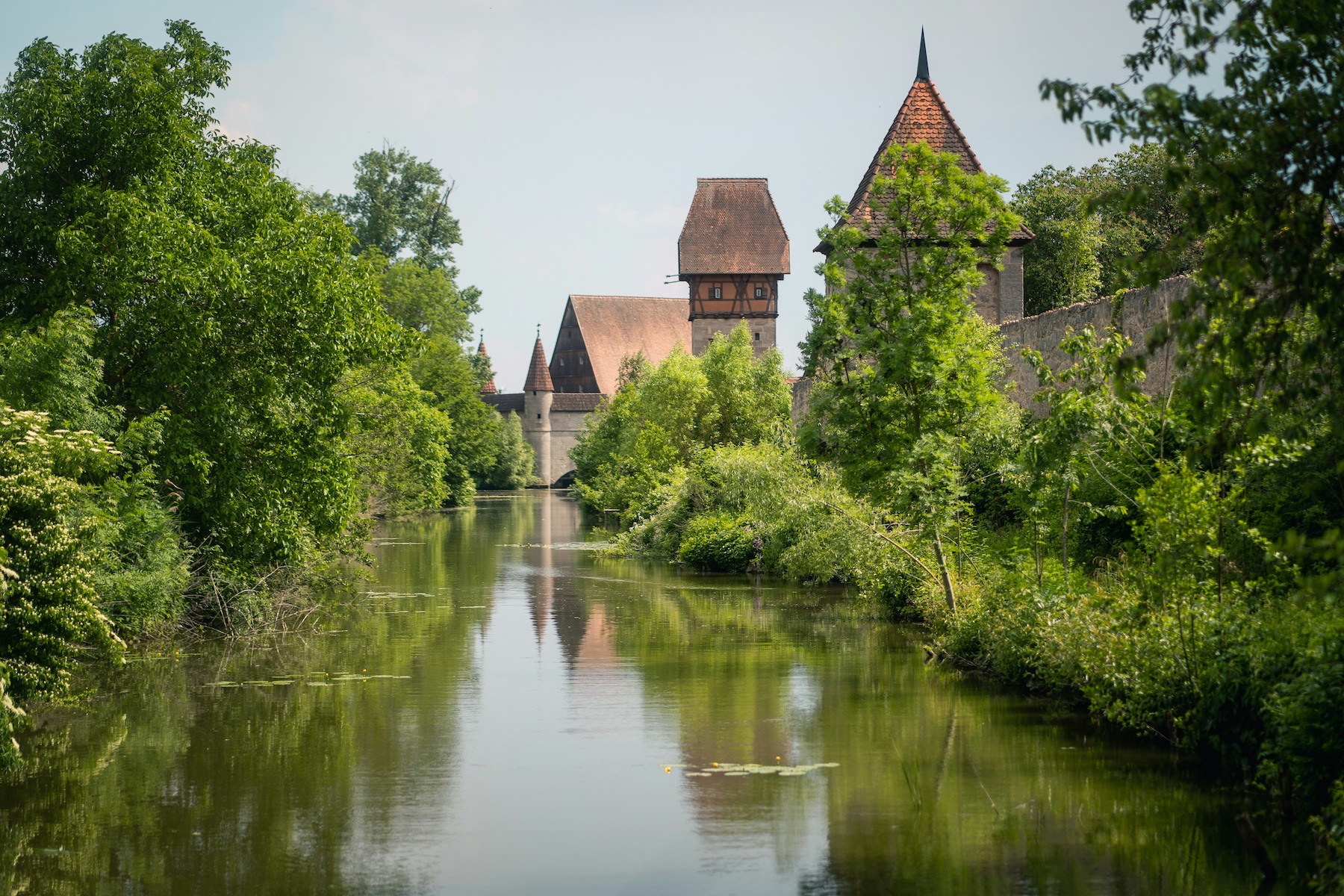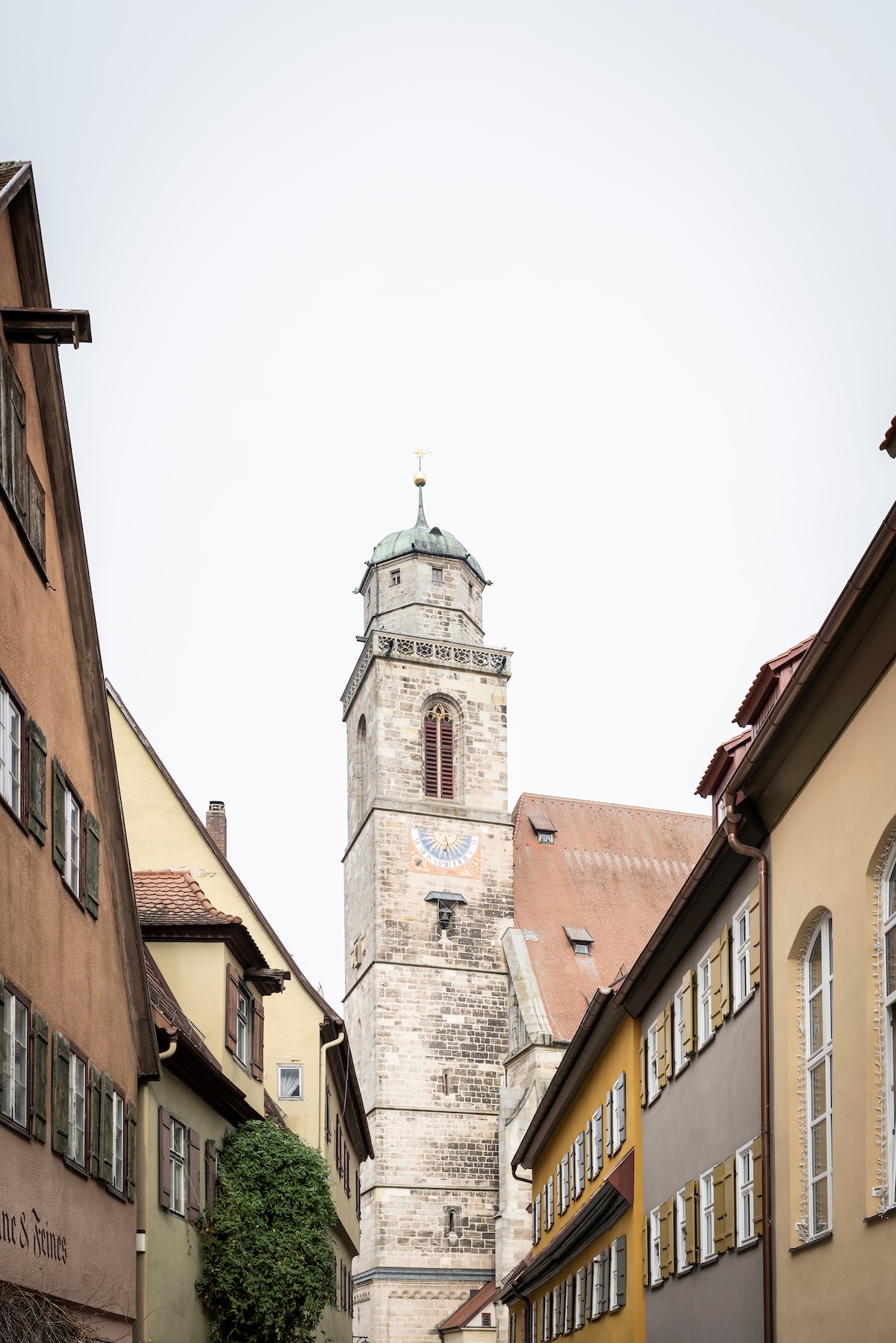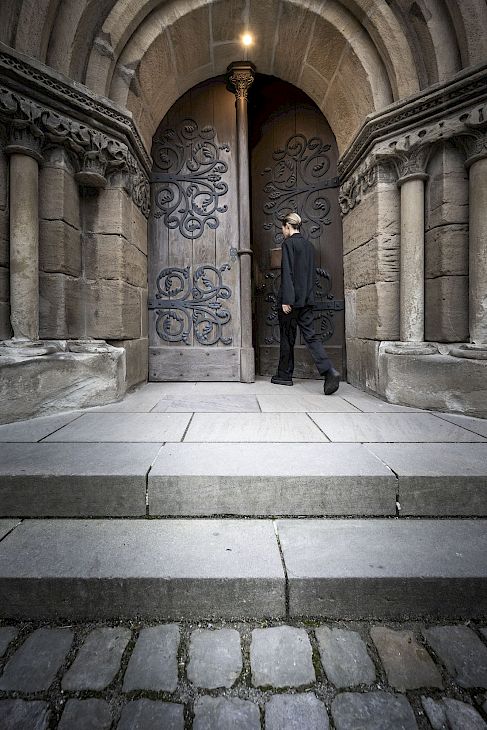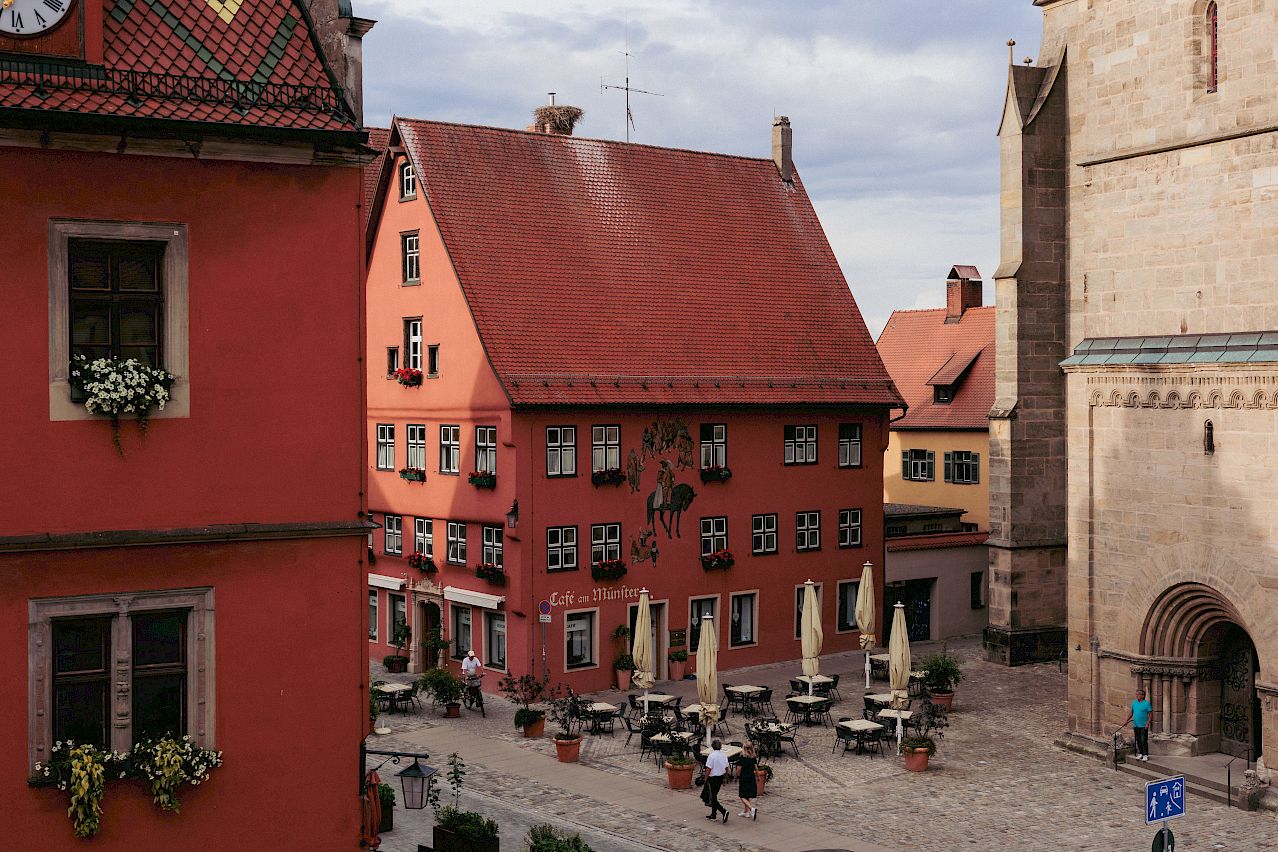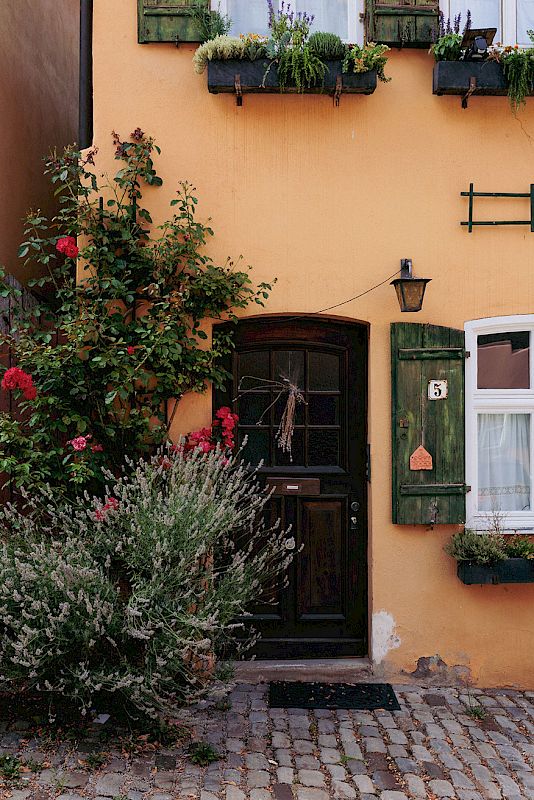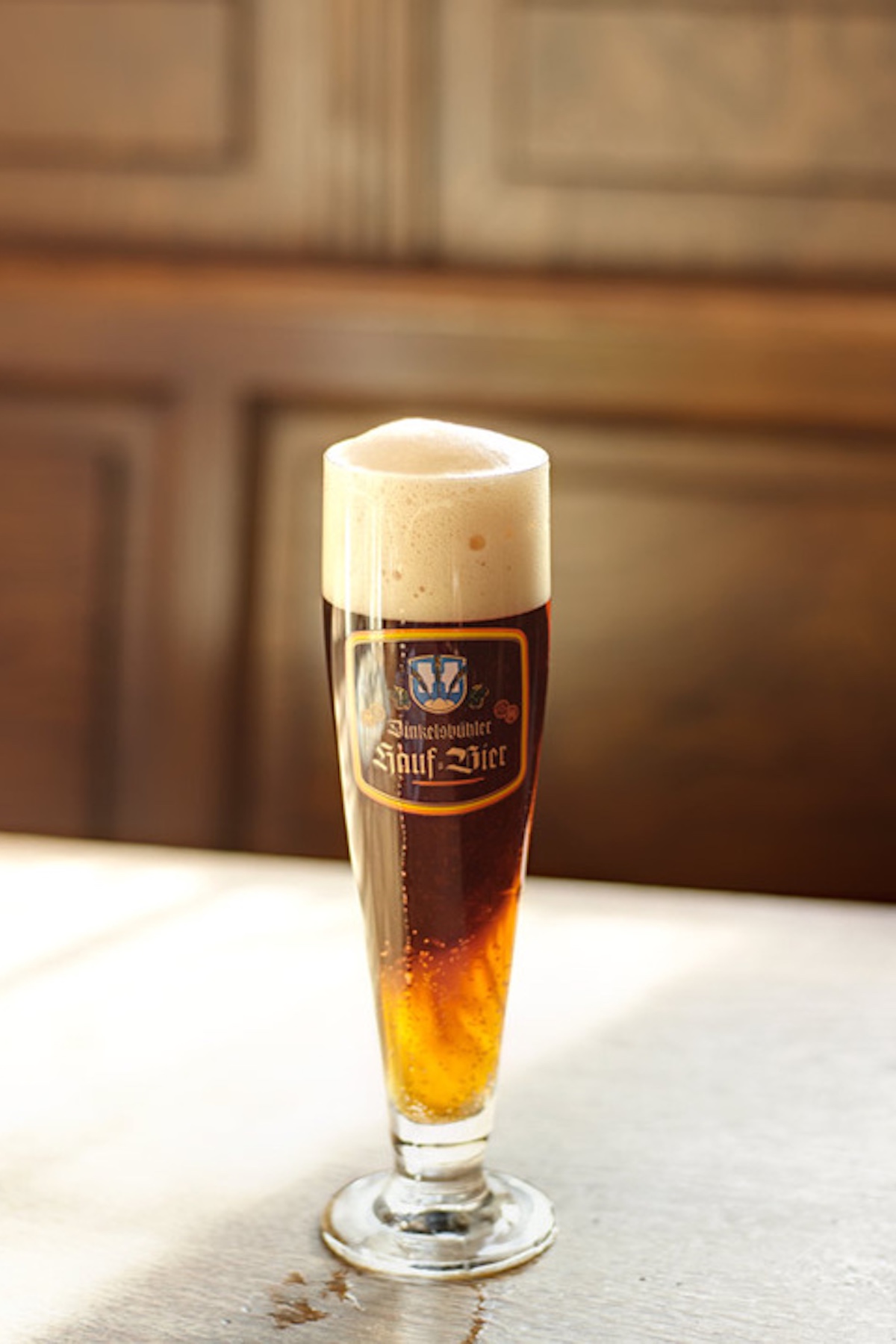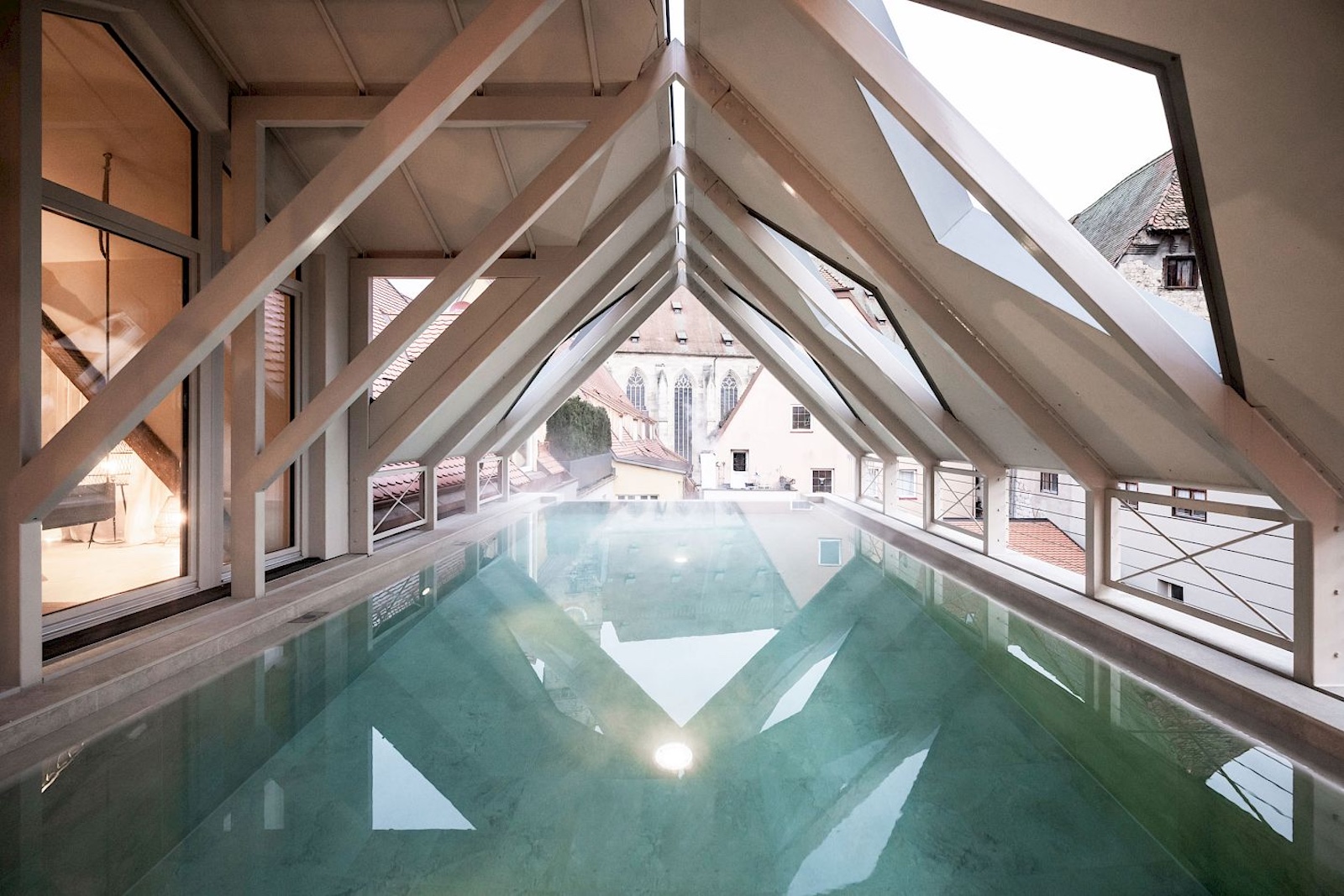JOIN the AFICIONADOS
Get the insider news and lowdown on what we've been up to, where we've been, and who we've met along the way. Be the first to discover new places and get the scoop on our favourites.
In the 12th century, Dinkelsbühl was already carving out its place in the Roman Empire, a Bavarian village that flickered into life and swiftly earned a reputation as a Free Imperial City. Nestled in the heart of Bavaria, this gem has grown beyond legend and into the kind of travel experience in Germany that feels almost too good to be true. History seeps through the cobblestones, saturating every timbered house and tower with a richness that no modern replica could match.
Step beyond those mighty gates and let the centuries wrap around you. Dinkelsbühl didn’t suffer the fate of so many towns; no modernist planners marred its medieval heart. Sixteen towers still pierce the Franconian sky, four gates stand guard as they have for centuries and every street holds the whispered stories of traders, monks and soldiers.
The showpiece is undoubtedly St. George’s Minster, a late Gothic marvel that took half a century to complete. Built between 1448 and 1499, it’s a monument to stonecutters and faith with soaring vaulted ceilings that make you pause to catch your breath. Its Romanesque tower has held steady since the 13th century, a testament to Bavarian permanence.
Turn away from the Minster and the town square unfolds like a Bavarian fairytale. The Deutsches Haus, a 15th-century patrician residence, leans confidently into the street; its Renaissance façade covered in planetary motifs and carvings, a snapshot of Dinkelsbühl’s Golden Age.
Every summer the Summer Breeze Open Air festival sets the ancient town vibrating with modern rhythms. Heavy riffs and pulsing beats echo off ancient walls, creating an intoxicating mash-up of medieval charm and edgy culture.
Commerce here has never been about spectacle. Once, merchants haggled over silks and spices; today, it’s about slow, crafted experiences. If you’re thirsty, Dinkelsbühl’s beer culture is worth lingering on. Brauerei Hauf, founded in 1840, pours out Helles, Pils and Festbier with the confidence of two centuries of brewing. Newer names like Brauerei Stefansbräu keep things fresh with Zwickl and Märzen, while Weib’s Brauhaus lets you taste Bavaria in a glass right in the medieval heart.
For those seeking a stay that blends history and modernity, the Hotel Goldene Rose, recreated by NOA Architects, is an absolute standout. Once graced by Queen Victoria in 1891, this boutique hotel pairs 15th-century heritage with contemporary design. Its rooftop Attic Spa and infinity pool overlook the cathedral’s towers.
Dinkelsbühl isn’t just another stop on a crowded itinerary; it’s a living argument for why travel in Germany should always include a detour through Bavaria’s historic places - a townthat’s been lived in for a thousand years.
Nikolaus von Dinkelsbühl and Johannes von Dinkelsbühl, theologians and scholars, once wandered these lanes, shaping minds that would ripple across the empire. Christoph von Schmid, who wrote the famous carol “Ihr Kinderlein, kommet,” (O Come Little Children) found his muse here too. And if you’re more into sport than song, Stefan Reuter, part of Germany’s 1990 World Cup-winning squad, carries Dinkelsbühl’s fierce spirit wherever he goes.
Why go to Dinkelsbühl? Because it’s Bavaria at its purest: a town that wears its age with elegance, a place where history is less about dates and more about experience. Come for the music, stay for the slow afternoons along the Wörnitz and linger to watch the sun slip behind those ancient towers. In Dinkelsbühl, the past isn’t something you read about; it’s something you live.
